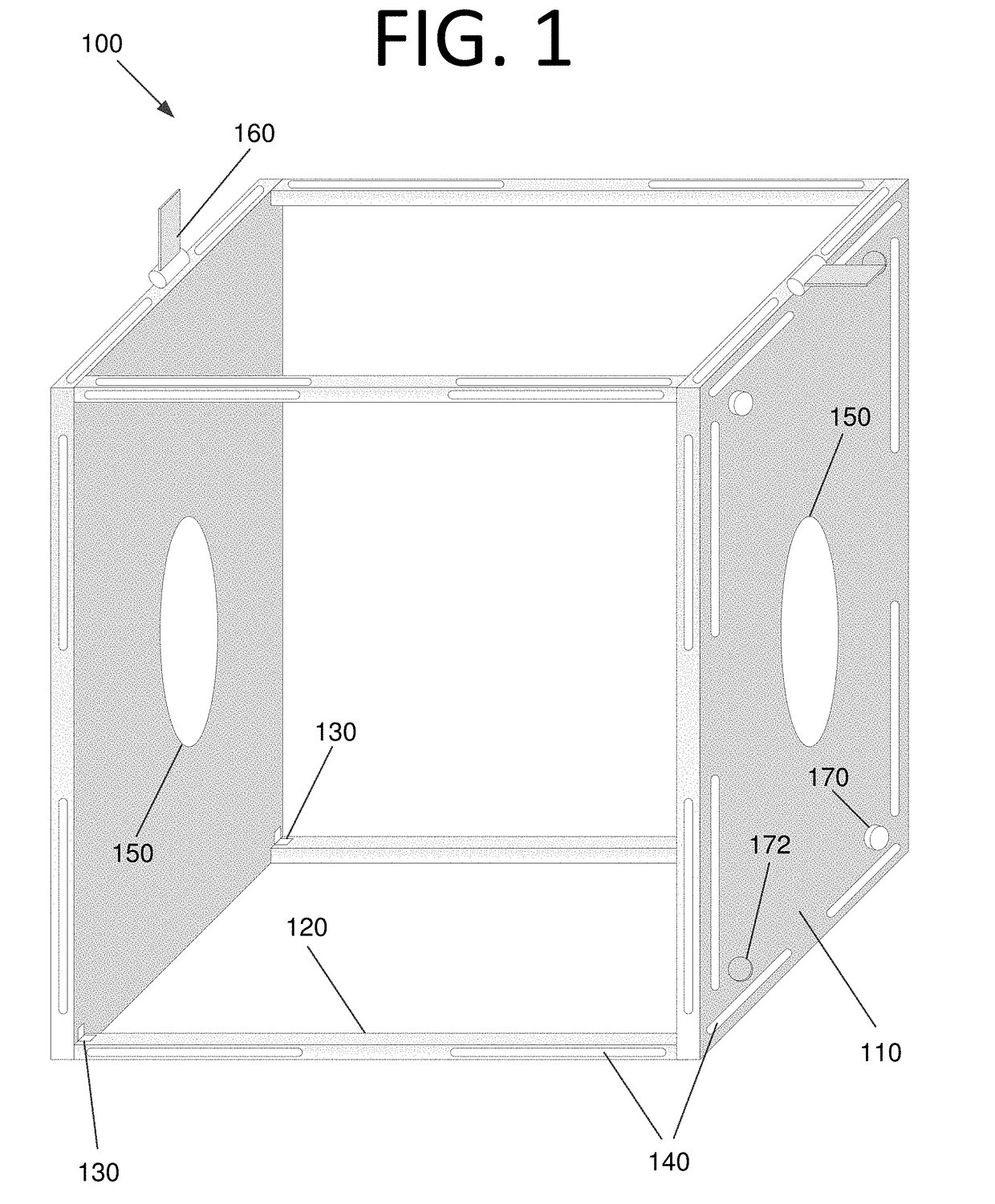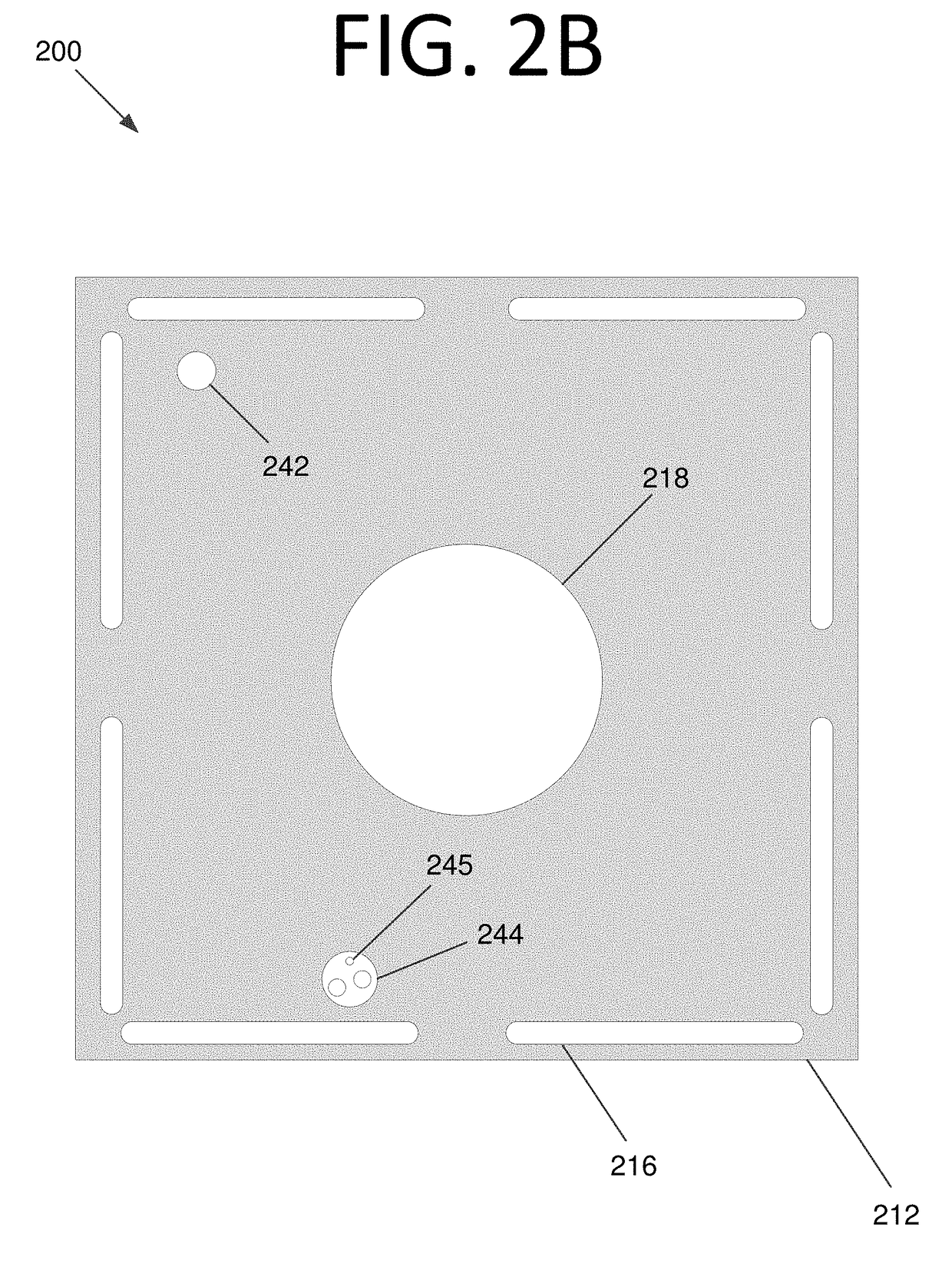Interlocking, reconfigurable, reconstitutable, reformable cell-based space system
a cell-based space and cell technology, applied in the field of space systems, can solve the problems of large and expensive units that are inoperable, require an even more expensive servicing mission, and other technologies lack the ability to facilitate space system assembly on a “block-by-block” basis. the effect of the cell
- Summary
- Abstract
- Description
- Claims
- Application Information
AI Technical Summary
Benefits of technology
Problems solved by technology
Method used
Image
Examples
Embodiment Construction
[0034]Some embodiments of the present invention pertain to cell-based space systems that interlock and can change configuration to support a mission. In some embodiments, cells include microelectromechanical system (MEMS) inertial sensors, high torque motors, small reaction wheels, high energy storage batteries, nonlinear control systems, miniature magnetics, direct current (DC) brushless “flat motors,” and microprocessors. Disturbances caused by ensemble or individual cell maneuvers could be mitigated by existing control systems technologies. In cube-shaped cells, in some embodiments, the power cost to introduce a 90° rotation in space may be approximately 25 milliwatts (mW).
[0035]Space systems of a relatively large size may be assembled using individual “cells”, which are individual space vehicles themselves, but also have the capability for individual action within an ensemble of multiple cells. The cells may be held together via magnets or electromagnets in some embodiments. In ...
PUM
 Login to View More
Login to View More Abstract
Description
Claims
Application Information
 Login to View More
Login to View More - R&D
- Intellectual Property
- Life Sciences
- Materials
- Tech Scout
- Unparalleled Data Quality
- Higher Quality Content
- 60% Fewer Hallucinations
Browse by: Latest US Patents, China's latest patents, Technical Efficacy Thesaurus, Application Domain, Technology Topic, Popular Technical Reports.
© 2025 PatSnap. All rights reserved.Legal|Privacy policy|Modern Slavery Act Transparency Statement|Sitemap|About US| Contact US: help@patsnap.com



